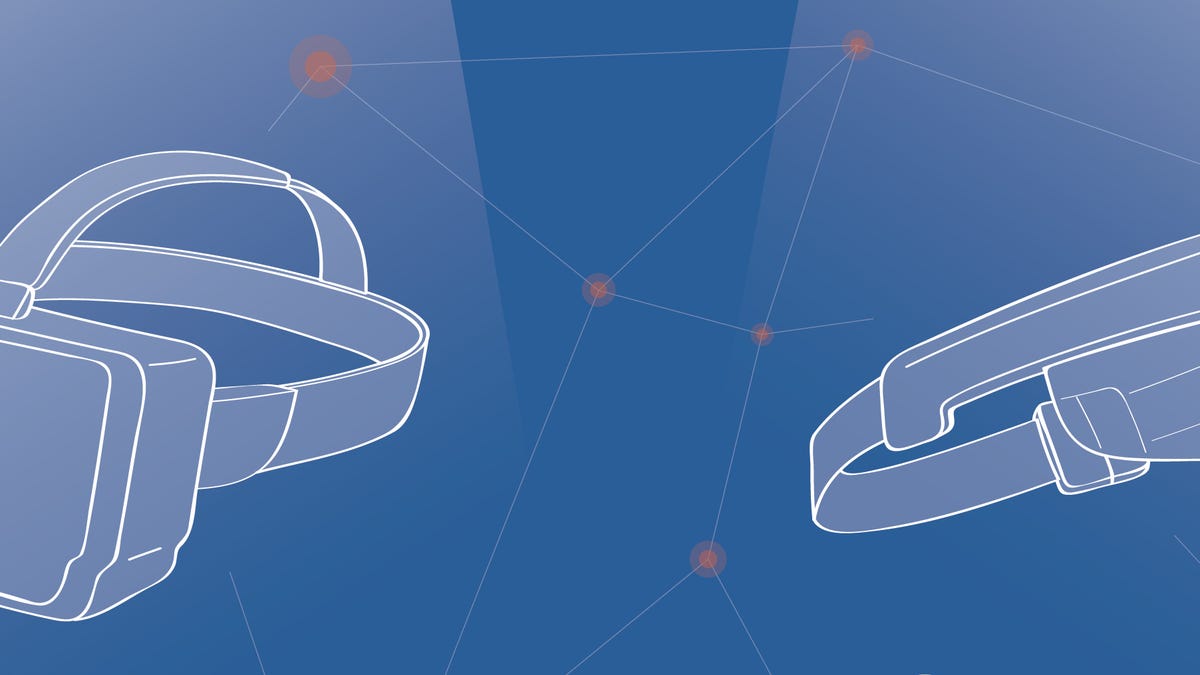Lenovo is set to reveal next-gen VR/AR hardware: here's what we know so far
Lenovo and Movidius are working on VR together, using chips used in DJI's latest drones.

Lenovo looks like it's set to debut new virtual reality hardware in a year already full of VR surprises, and it's doing it with the help of a chipmaker named Movidius.
A few days in advance of Lenovo's Tech World event June 9 in San Francisco, chipmaker Movidius has announced via press release that its hardware will be inside a series of AR (augmented reality) and VR (virtual reality) products made by Lenovo. The first product in this partnership will debut in the second half of 2016. According to Movidius, this is a dedicated mobile VR device that's not a phone at all.
I've tried to reach out to Lenovo but haven't received further details, yet. But I was able to speak to Movidius. The chip being used from Movidius -- the Myriad 2 -- is optimized for computer vision. The DJI Phantom 4 drone uses it. It's the sort of processor that could be used for positional tracking in a mobile headset.
Imagine a mobile VR device that could track where you're moving and know where you're walking, letting you walk in VR all the time without using the kind of external sensors or light-emitting boxes the Oculus Rift and HTC Vive use. This type of positional tracking isn't available yet on Samsung Gear VR and doesn't seem to be part of Google's first-wave plans for its Daydream, but Microsoft's HoloLens and the Meta 2 mixed-reality headsets can position-track. In theory, this could be what Lenovo is working on with Movidius for both virtual reality and augmented reality, where the real world mixes with the virtual.
This device isn't the Google Tango-powered phone that Lenovo has also been working on. That phone uses a Google-developed depth-sensing camera array to map out 3D space and measure distances between objects to create on-phone augmented reality. It's not even clear what software platform it might run.
Movidius CEO, Remi El-Ouazzane, says "Our technology was built to maximize machine vision performance in a sub-1 Watt power budget. In selecting Myriad 2 for their VR products, Lenovo is building devices designed from the ground-up for VR. We're very much looking forward to these no-compromise devices that will push VR adoption into the mainstream."
Movidius' press release also includes a quote from Lenovo's Shanghai Research & Technology group Manager, Li Xiang. "Lenovo has a long tradition of bringing innovative products to the market. Myriad 2 is unique in its ability to deliver the kind of vision compute performance we need for our next generation VR products. We can build the products we want, without compromising on cost, size, performance or battery life."
Lenovo Tech World will be the debut of the first piece of VR hardware that's part of this multi-device partnership, but other products are planned. Maybe they're headsets, maybe they're cameras. Maybe they're something else. Lenovo Tech World is known to debut weird and wild tech concepts; last year, Lenovo teased dual-display smartwatches and smart shoes with screens. We'll follow up with more details as soon as we know them.

